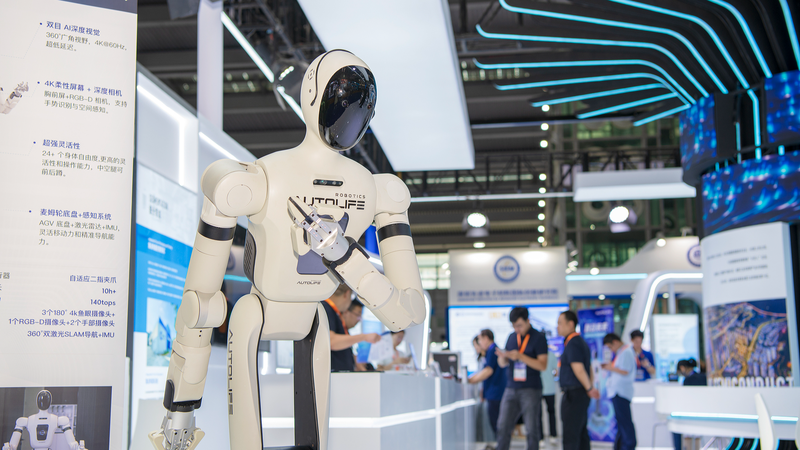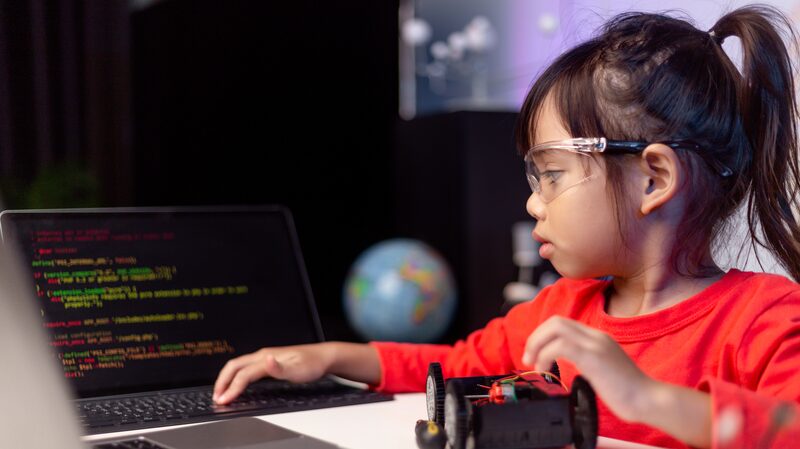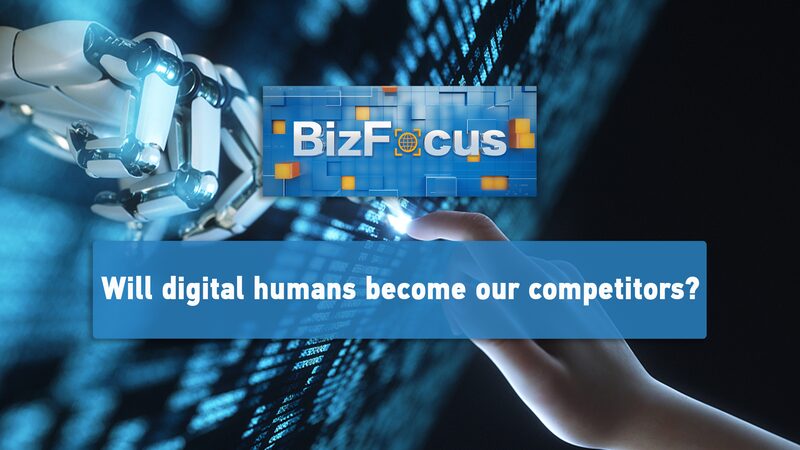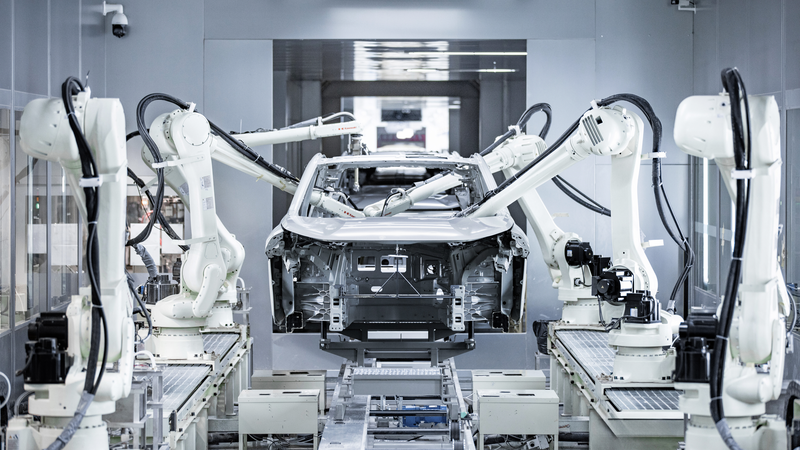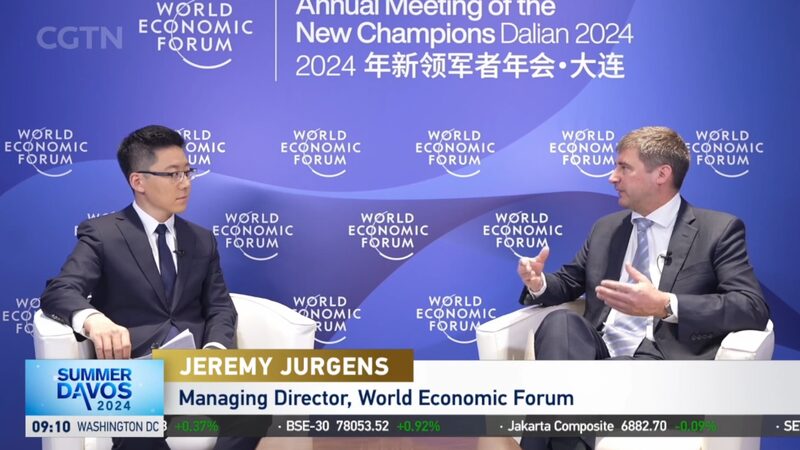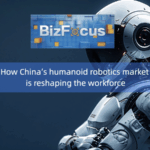Imagine factories that predict maintenance needs before machines break down, or office tools that draft reports faster than you can say 'deadline.' Welcome to the era of AI-powered productivity – where artificial intelligence isn't just changing how we work, but what's possible in global industries. 🌐⚙️
🤖 Smart Factories, Smarter Results
From assembly lines that self-optimize to supply chains that anticipate disruptions, companies are blending AI with physical infrastructure to create 20%+ efficiency gains. One automotive plant in the Chinese mainland now uses machine learning to reduce energy waste by equivalent to powering 8,000 homes annually.
💼 Workforce 2.0: Humans + Bots
While some fear job displacement, forward-thinking enterprises are creating hybrid roles:
- Quality control specialists working with vision algorithms
- Data whisperers translating machine insights into strategy
- Robot coordinators managing fleets of autonomous helpers
🇨🇳 China's Tech Transformation
As the world's second-largest economy accelerates its 'AI + real economy' push, early adopters report 30% faster production cycles and 15% cost reductions. The strategy aligns with national goals for sustainable, innovation-driven growth – think eco-friendly manufacturing powered by smart energy grids. 🌱🔋
What's next? Industry experts predict AI will contribute $15 trillion to global GDP by 2030. The question isn't if businesses will adapt, but how quickly they'll ride this wave to stay competitive. 🌊📈
Reference(s):
Enterprises embrace 'AI + real economy' to drive efficiency gains
cgtn.com
